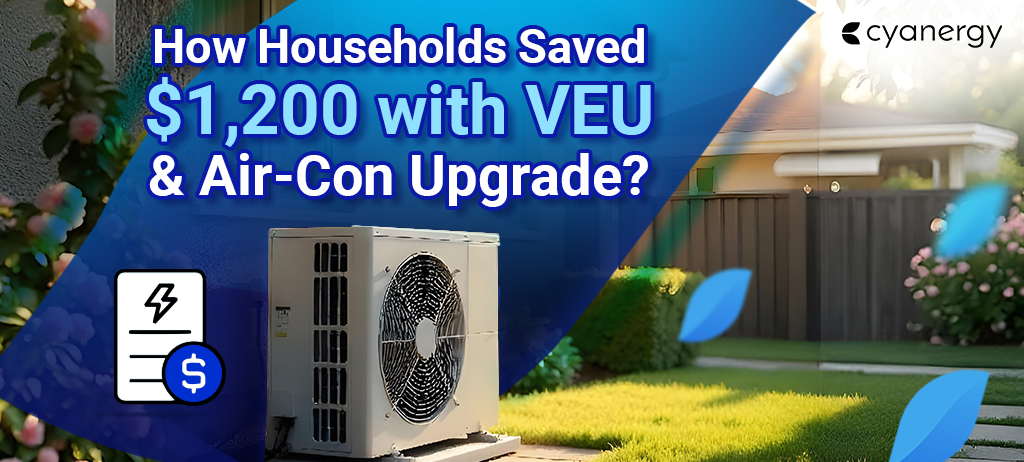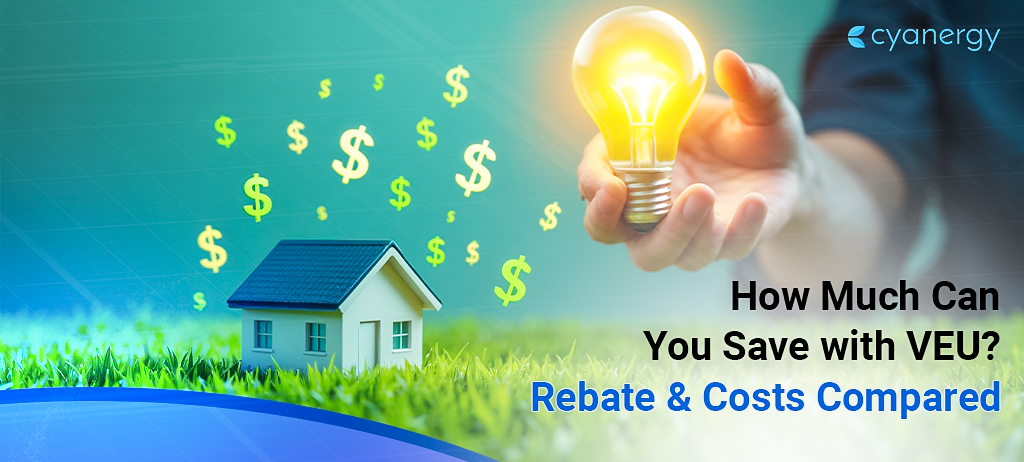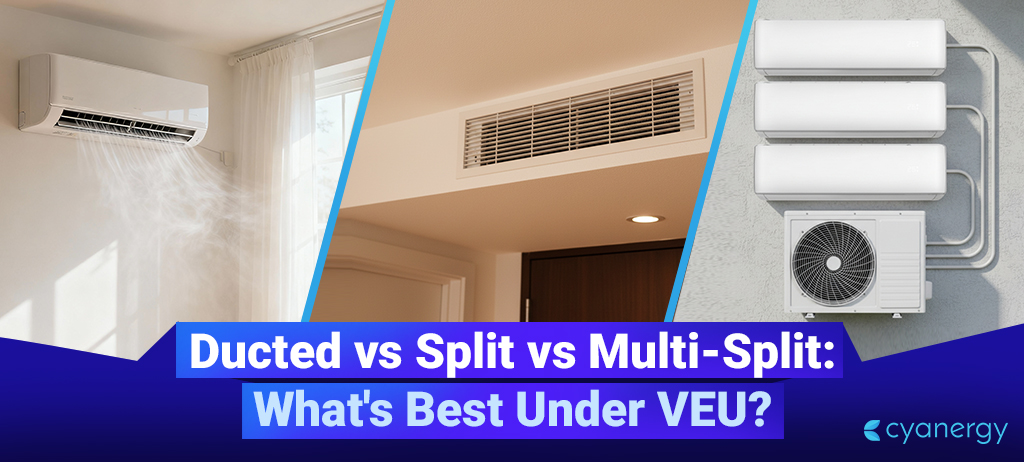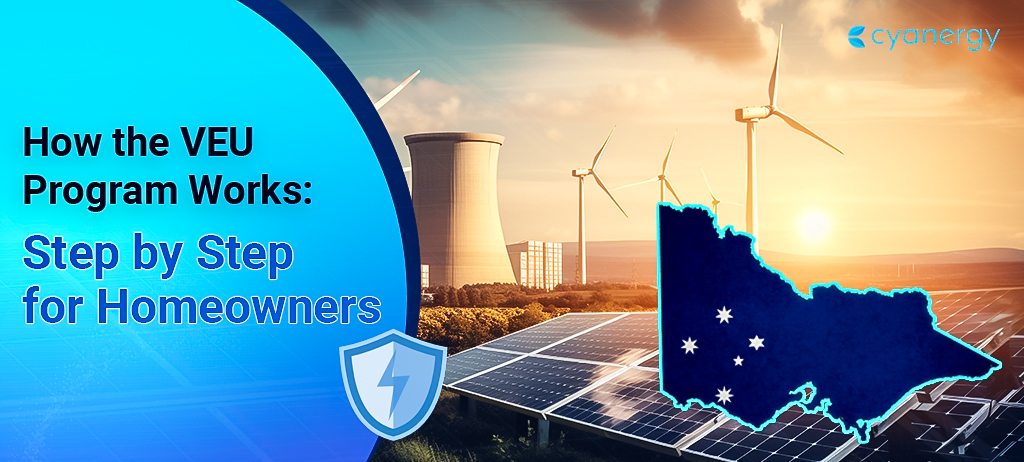Responsible home and business owners are now on the constant lookout for smart solutions to tackle the rising energy costs. Reverse cycle air conditioners are such technologies that can save you up to $2,000.00 dollars annually, just by cutting down on energy bills and being efficient. This cutting-edge cooling and heating solution offers homeowners the convenience of a single system that can both cool and heat their homes efficiently.
In this blog, we will dive into the world of reverse cycle air conditioning, exploring what it is, how it works, its benefits, and why it might be the ideal choice for your home.
What is Reverse Cycle Air Conditioning?

How Does Reverse Cycle Air Conditioning Work?
Cooling Mode
Heating Mode
Benefits of Reverse Cycle Air Conditioning
- Energy Efficiency: Reverse cycle air conditioners are known for their energy efficiency. By transferring heat instead of generating it, these systems can provide more heating or cooling power for the same amount of energy consumption.
- Year-Round Comfort: With reverse cycle air conditioning, you don’t need separate cooling and heating systems. It offers year-round comfort, ensuring your home stays cozy in the winter and refreshingly cool during the summer.
- Cost-Effective: While the initial investment in a reverse cycle air conditioner might be higher than conventional systems, the long-term savings on energy bills make it a cost-effective choice.
- Environmentally Friendly: As energy-efficient systems, reverse cycle air conditioners help reduce greenhouse gas emissions and lower your carbon footprint, contributing positively to the environment.
- Zone Control: Many modern reverse cycle air conditioners come with zone control features that allow you to cool or heat specific areas of your home independently, further enhancing energy efficiency.
- Dehumidification: Reverse cycle air conditioners often come with dehumidification features, helping to reduce indoor humidity levels, which can improve comfort and air quality.

Is Reverse Cycle Air Conditioning Right for You?
While reverse cycle air conditioning offers numerous benefits, it may or may not be the best fit for every home. Factors to consider include your climate, the layout of your house, and your heating and cooling preferences. For regions with extremely cold temperatures, a reverse cycle air conditioner might not be as efficient as a traditional heating system.
Here are some key points to consider:
- Climate: Reverse cycle air conditioning is particularly effective in regions with moderate to mild climates, where temperatures don’t regularly drop below freezing. In areas with extremely cold winters, a dedicated heating system may be more efficient and reliable.
- Energy Efficiency (Reduction of power bill): If energy efficiency is a priority for you, reverse cycle air conditioning is an excellent option. It can provide both cooling and heating functions using less energy compared to separate heating and cooling systems. This can result in cost savings on your energy bills over time.
- Initial Investment: While reverse cycle air conditioning can save you money in the long run, the initial installation cost may be higher than that of traditional air conditioning or heating systems. Consider your budget and weigh the long-term savings against the upfront expense.
- Home Design: Consider the layout and size of your home. Reverse cycle air conditioning is well-suited for both small and large spaces, but it’s essential to ensure that the system can adequately cover your entire home’s heating and cooling needs.
- Consult with HVAC Professionals: To make an informed decision, it’s recommended to consult with qualified HVAC professionals. They can assess your specific requirements, evaluate your home’s insulation, and recommend the most suitable HVAC solution based on your needs and budget.
It is an excellent option for many homes, especially in regions with moderate climates. However, it may not be the best fit for areas with extreme cold temperatures. By carefully considering your location, preferences, and budget and consulting with HVAC experts, you can determine whether reverse cycle air conditioning is the right choice to keep your home comfortable throughout the year.
Consulting with a qualified HVAC professional will help you determine the most suitable cooling and heating solution for your specific needs and budget.

Let’s Make a Move Towards Energy Efficiency Together
As conscientious homeowners, we all share a responsibility to reduce our energy consumption and minimize our impact on the environment while saving our pockets of course! Embracing reverse cycle air conditioning is a step in the right direction. By opting for this energy-efficient HVAC system, we not only experience year-round comfort but also contribute to a sustainable future. The eco-friendly nature of reverse cycle air conditioning ensures that we can enjoy a comfortable home without compromising the well-being of our planet.
Let’s take this opportunity to become part of the movement toward greater energy efficiency and create a positive impact on our environment. Together, we can embrace technology that not only benefits us but also benefits future generations by promoting a cleaner and greener planet.
So, let’s make the switch to reverse cycle air conditioning and take a collective step towards a more sustainable and comfortable living space. Find out more about how you can get your own efficient aircon just by clicking the button here.







